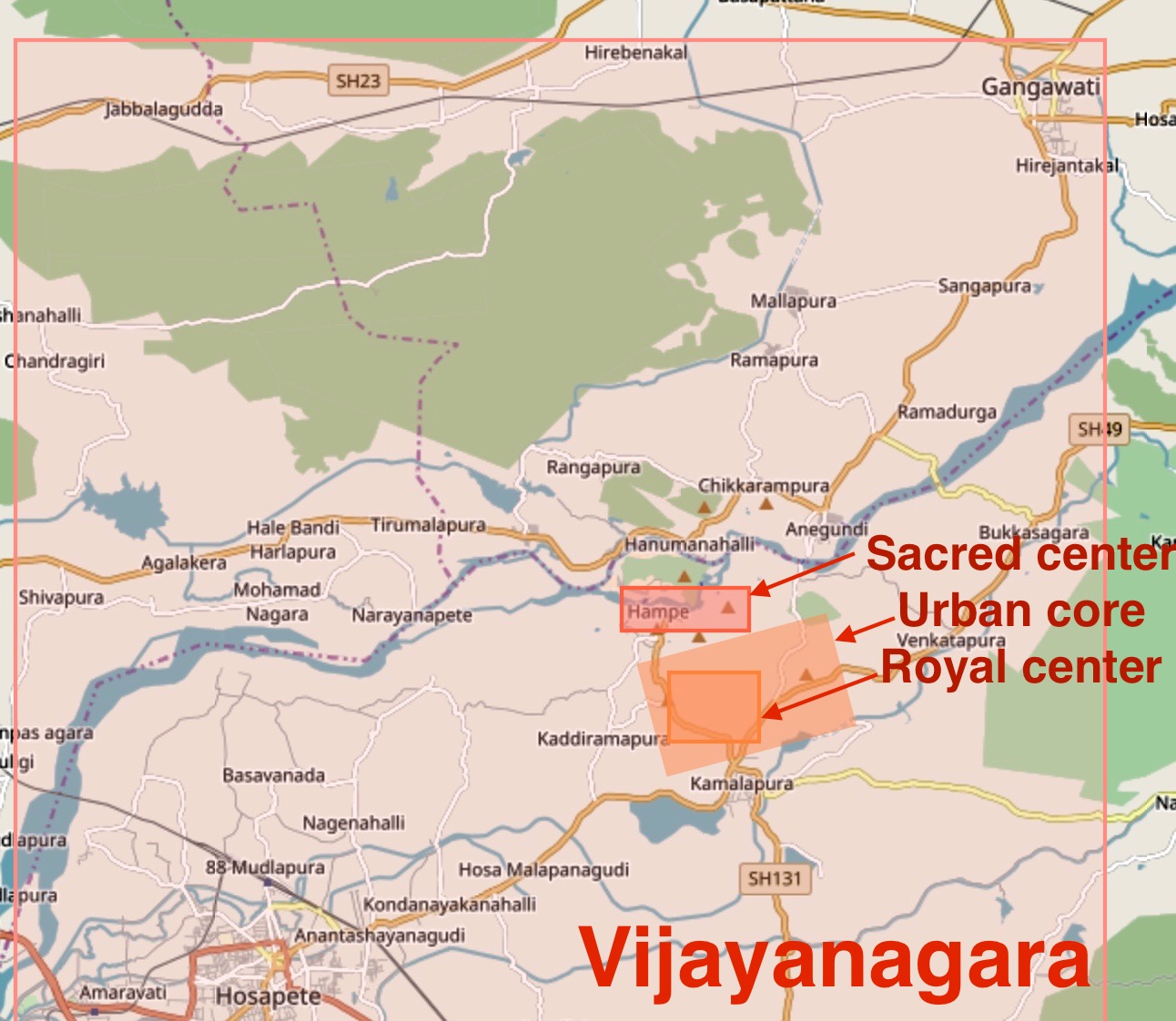



Virupaksha Temple stands as a profound testament to the spiritual and architectural magnificence of South India's historical landscape. Nestled in the ancient village of Hampi, Karnataka, this sacred sanctuary represents an unbroken continuum of worship dating back to the 7th century CE, embodying the rich cultural tapestry of the Vijayanagara Empire.
The temple's origins can be traced to the Chalukya dynasty, but its most significant architectural transformations occurred during the 14th and 15th centuries under the patronage of powerful rulers like Krishnadevaraya. This period marked a golden era of artistic and spiritual flourishing, with the temple serving not merely as a religious institution but as a comprehensive cultural center where scholarship, art, and devotion converged.
Architecturally, Virupaksha Temple represents a sublime example of South Indian temple design, characterized by its intricate mathematical precision and sophisticated granite craftsmanship. The triangular complex features multiple gopuras (towers) adorned with hundreds of meticulously carved representations of Hindu deities, each tier revealing layers of mythological narratives and sculptural complexity. The main tower, constructed in the 15th century, serves as an imposing gateway that symbolizes the spiritual threshold between the mundane and the divine.
Dedicated to Lord Shiva, known locally as Virupaksha or Pampapathi, the temple is intrinsically linked with the goddess Pampadevi and the sacred Tungabhadra River. Its spiritual significance transcends mere architectural beauty, embedding deep mythological and cosmological meanings that have sustained local religious practices for centuries. The temple's continuous worship and preservation make it a rare archaeological marvel that has witnessed multiple historical transformations.
The temple's historical significance extends beyond its religious functions. During the Vijayanagara Empire's zenith, it was a critical intellectual and artistic hub where scholars, musicians, dancers, and artists gathered to exchange ideas and cultivate their crafts. The pillared halls hosted not only religious ceremonies but also cultural performances, making it a dynamic space of creative and intellectual exchange.
Despite the tumultuous history of Hampi, including invasions and subsequent decline, Virupaksha Temple remained remarkably resilient. While many surrounding structures were destroyed by the Bahmani Sultanate, this temple survived, a testament to its cultural and spiritual importance. Significant renovations in the early 19th century further preserved its architectural integrity, restoring damaged towers and maintaining its structural grandeur.
Recognized as part of the UNESCO World Heritage Site of Hampi, Virupaksha Temple today represents more than a historical monument. It is a living sanctuary that continues to attract pilgrims, scholars, and tourists from around the world. Its preservation reflects India's commitment to maintaining its rich cultural heritage, offering contemporary visitors a profound connection to the spiritual and artistic traditions that have shaped the subcontinent's identity.
The temple's enduring legacy lies not just in its physical structure but in its ability to narrate complex stories of devotion, artistic excellence, and cultural resilience. Each carved stone, each intricate sculpture speaks of a civilization that viewed art, spirituality, and knowledge as interconnected dimensions of human experience, inviting continuous reflection and wonder.
Discover more attractions within 50km that might interest you

Hampi, Karnataka
Underground Shiva Temple: Hampi's Hidden Spiritual Marvel Unveiled